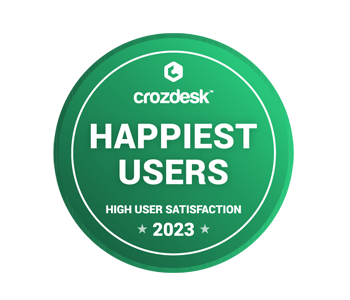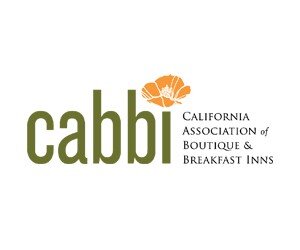Managing reservations to maximize revenue can be a complicated task. Trying to minimize the damage of no-shows and cancellations can result in more reservations than available rooms—while playing it safe to avoid double-bookings can leave units unnecessarily vacant. Here’s a quick guide to dealing with and reducing booking crises.
Overbooking
Overbooking inventory is a strategy used by many hotels to account for no-show guests and cancellations. When it works, it saves a lot of revenue, but there’s significant risk associated with the practice— particularly for smaller, independent properties which have fewer rooms to play around with. When it backfires (i.e. when you find yourself in front of a confirmed guest with no room to offer) it can be extremely stressful and cause a lot of damage to your brand. Unhappy customers have a tendency to express their dissatisfaction online after all.
For many independent hotels, the risks of overbooking are just too high. But that doesn’t mean you have no options. The first thing you can do to mitigate the damage of cancellations and no-shows is to include a fee in your cancellation policy and take credit card information upon booking. Not only is this an incentive to commit to a reservation (likely reducing no-shows and cancellations overall), but it means when a guest does choose to cancel, less damage is done to your bottom line. Check out our recent post for more strategies to deal with no-shows and cancellations.
All that being said, you should always have a prepared strategy for dealing with over-bookings. When you find yourself with more guests than rooms, you’ll need to choose which guest to walk (consider the loyalty of—and revenue being brought in by—each guest), find alternate lodging for them, and then do something to make amends (perhaps a free meal at your on-site restaurant).
Double-Booking
Unlike over-bookings, double bookings are never intentional, but rather due to errors made in inventory management. Hotels need to sell their inventory on a collection of distribution channels (their property’s website, numerous online travel agencies, and the Global Distribution System, for example) in order to maximize occupancy. But if inventory isn’t updated in real time, the same room could be sold by multiple distribution channels.
Obviously, it isn’t reasonable for a hotelier to update all channels as new reservations come in. It’s a time-intensive process prone to manual errors. That’s where technology comes into play. Having a property management system that interfaces with all your distribution channels means inventory is updated automatically across all systems, vastly reducing the possibility of a double booking (and all the headaches that come with it).
Underbooking
Some hoteliers try to reduce double-bookings by allocating separate inventory for each distribution channel. While this does eliminate the potential to sell the same room twice, it can also easily result in unnecessarily vacant units. One channel could sell all of their allocated inventory and start turning customers away while other inventory is sitting unsold on another platform. It’s not a recommended practice and luckily one that can be avoided with a pooled inventory model (all units available to be sold by all channels at the same time) and PMS-to-distribution channel interfaces (to reduce risk).
Reservation management can be tough. The task of balancing the need to fill rooms and the desire to provide a flawless customer experience is a delicate one. Make your life simpler by ensuring you have a property management system that takes credit card information at booking and interfaces with all your distribution channels.




























